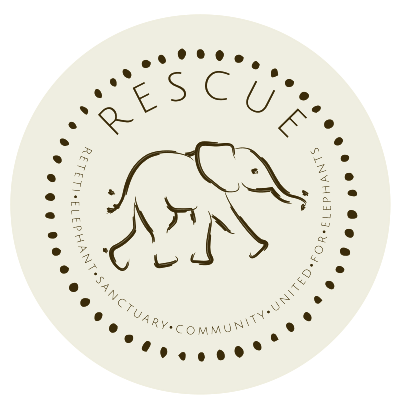How the best possible release site for Reteti’s orphans was selected
The joint elephant release committee on their site assessment tour in May 2023
Identifying potential release sites
Working hand in hand, a joint committee – including Kenya Wildlife Service (KWS), the Wildlife Research and Training Institute (WRTI), Reteti Elephant Sanctuary, Namunyak Community Conservancy, The Sarara Foundation (TSF), Save The Elephants (STE) and San Diego Zoo Wildlife Alliance (SDZWA) – was established to work in close collaboration and consultation to guide and spearhead the release program.
Guided by scientific elephant translocation guidelines and protocols, such as the Manual for Captive Wildlife Management and Welfare in Kenya, they conducted many brainstorming sessions to identify a shortlist of five appropriate sites – each with its own strengths, opportunities, challenges and threats.
While all five sites (Meru National Park, Kora National Park, Samburu National Reserve, the larger Namunyak Community Conservancy, and the area surrounding Reteti Elephant Sanctuary) offer unique benefits, the committee evaluated them all in terms of the same all-important parameters to find the most suitable one for this release herd.
Key considerations for site selection
The main considerations included:
Access to water
Habitat/natural browse
Security
Risk of predation
Human-elephant conflict (proximity to agricultural zones/human settlements)
Space for expansion
Community tolerance
Existing free-ranging elephant populations
Minimal stress during translocation, safety, human disturbance
Accessibility (roads, airstrips, etc.)
Proximity to veterinary services
Infrastructure (housing, security camp, storage)
Monitoring at the release site
The joint elephant release committee on their site assessment tour in May 2023
Why Namunyak Conservancy stands out
Following a tour to visit the five shortlisted sites in May 2023, the committee drew up a detailed report outlining each site’s pros and cons. After considering all the possibilities, they concluded that the area around Reteti would be the most beneficial for our upcoming release.
What makes the area near Reteti a particularly stand-out site for the rewilding project is the incredibly high awareness and tolerance in the community for the plight of the elephants, amplified by the Samburu people’s commitment to conservation. Importantly, since it’s within our home range, chances are also high that some of the calves may meet or re-unite with their original kin!
Other advantages include the area’s connectivity to other conservation areas, easy access to the Reteti team for post-release monitoring, and minimal stress to the animals as the release process unfolds, low risk of predation, great vegetation and natural browse, existing veterinary services and excellent security thanks to the nearby sanctuary and an existing Ranger force.
A wide angle view of the release site.
While times of drought may bring a scarcity of browse and limited sources of water, the decision process ensured that all stakeholders are not only aware of the challenges – but also more than ready to meet these as they arise. Another consideration is that the orphans may also return to Reteti after being released, but they’ll be monitored by keepers and have been collared for seamless tracking, so everyone is well prepared.
We are eternally grateful for the guidance and support from the County Government, KWS, WRTI, TSF, our donors, and our research partners – STE and SDZWA. Our heartfelt thanks also go to the community of Namunyak for their endless goodwill and support – as well as every keeper for their passion and tireless work. This release would not be possible without any of you!








